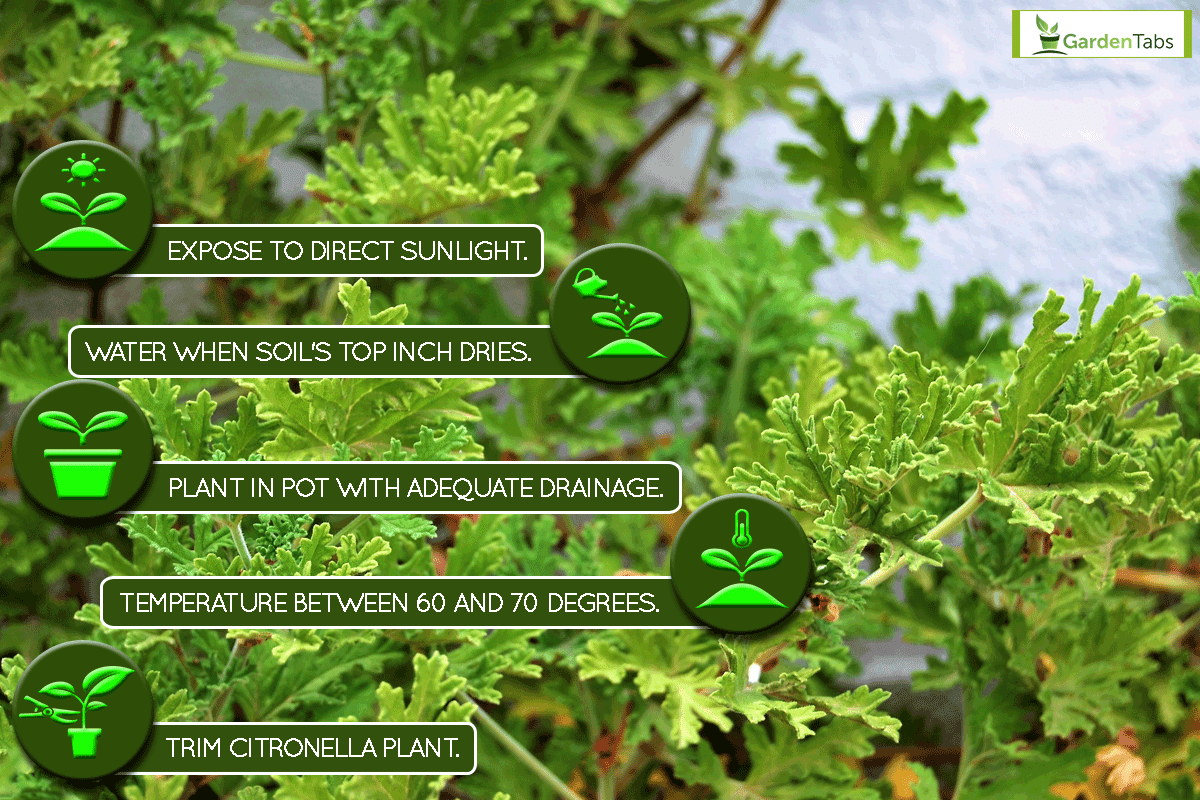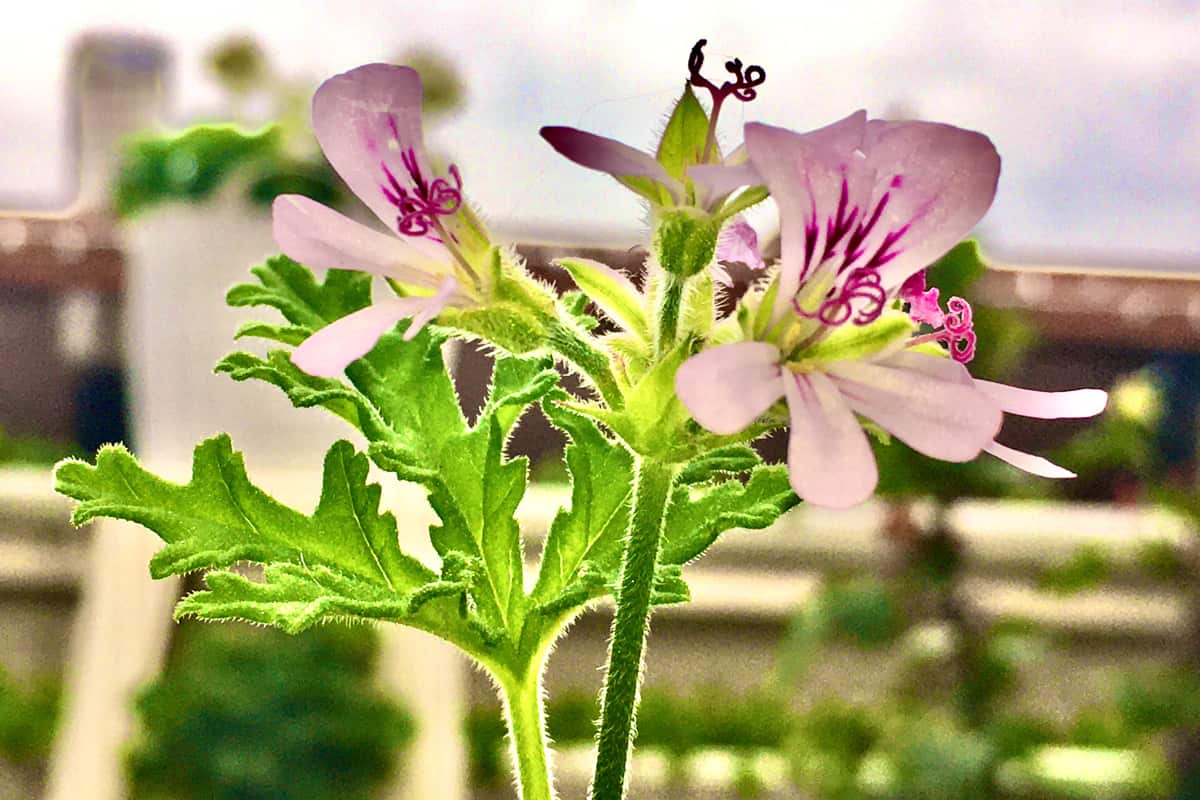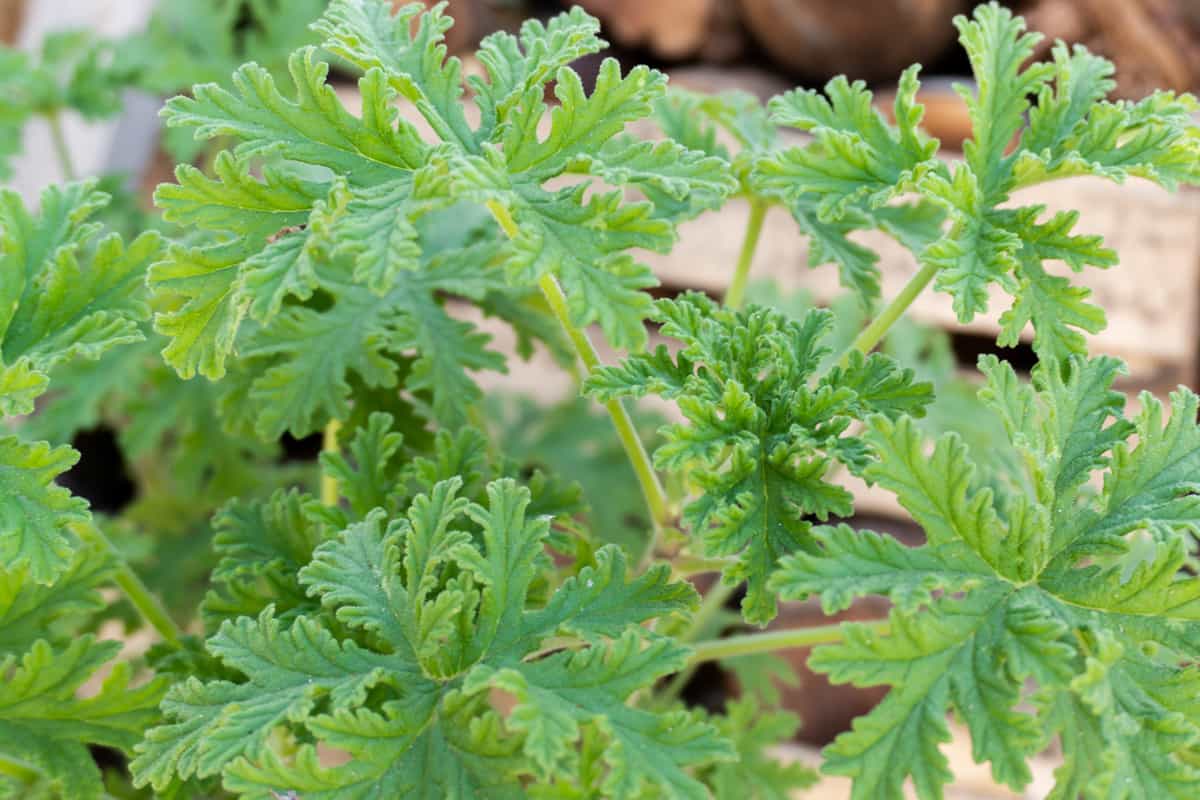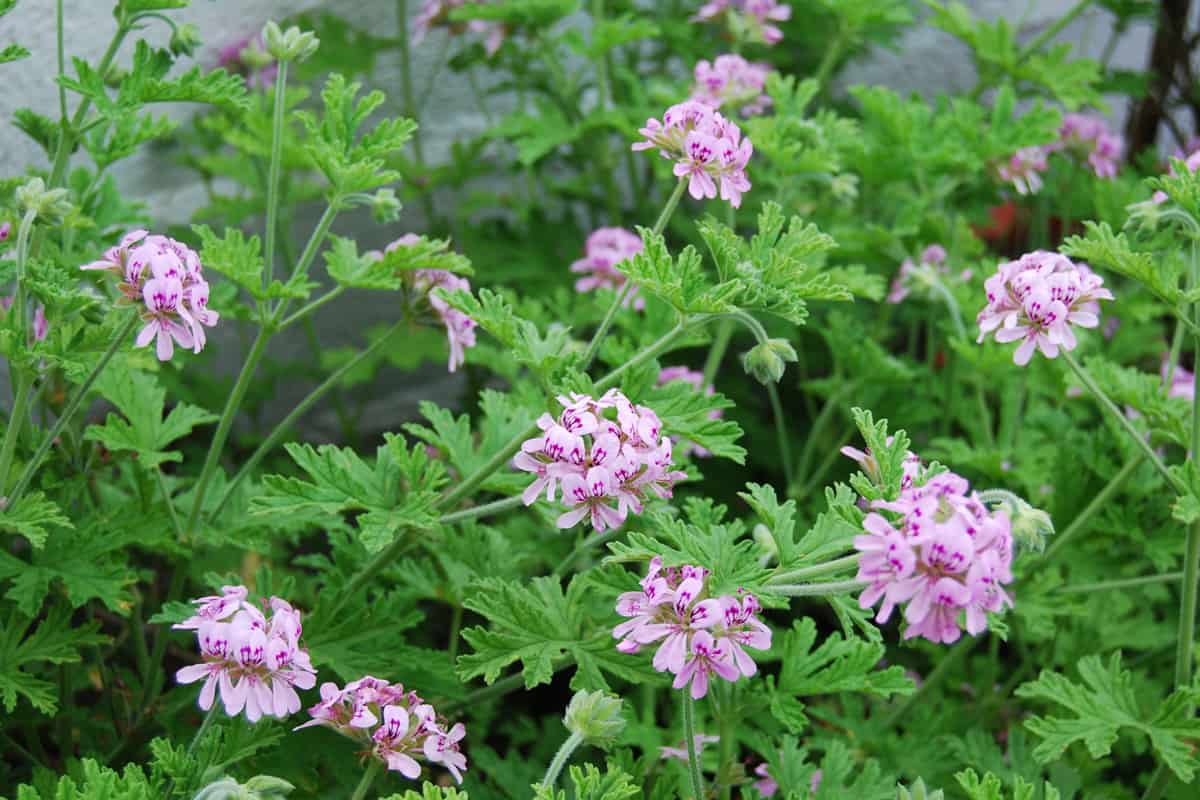There are instances that a citronella plant will not be in good shape. It will turn brown, wilt, or worse, die if not properly taken care of. And you are here because you want to know what to do to a citronella plant that is turning brown. Very well, you may now relax since we have already researched the internet about it.
If your citronella plants are turning brown, we suggest you perform the following tips to help them recover from their current situation:
- Expose your plant to at least six hours of direct sunlight every day.
- Only water your citronella when the soil's top inch dries.
- Plant your citronella in a pot with adequate drainage.
- You have to make sure that the temperature where your citronella plant stays should stay between 60 and 70 degrees Fahrenheit.
- Trimming your citronella plant at least once a week would be best to keep it from cramping.
Aside from the tips mentioned earlier to revive your citronella plant from turning brown, you must also know how to take care of it properly. And to do that, we suggest you keep reading. Doing so might also answer some of your additional questions, and it will surely let you make your citronella plant become alive and kicking once more!

How To Keep A Citronella Plant Healthy
Your citronella plant is doing well if it has bouncing green leaves and a strong aroma. It will flourish if you give your citronella plant the attention it needs.

There are essential things you have to consider when planting citronella. If you overlook these things, don't expect your plant to flourish. See the guides below to make the best out of your citronella plants!
1. Use The Appropriate Soil
These plants aren't particularly picky about their soil and can thrive in various well-drained soils. Ideally, it would be best to go for soil that is somewhat rich in organic material to help your citronella plants achieve optimum health.
You can put a few inches of compost into the top half soil of your citronella plant. In terms of soil requirements, the most important thing to remember is that it should have proper drainage.
2. Provide Enough Light

Overexposure to sunlight is a typical issue with plants. Citronella plants, on the other hand, aren't like this. You can leave them out in the sun for six hours a day.
Placing your citronella in a partial shade is the best spot if you can't provide them with full sunlight. The ideal location for a partial shade is near a patio wall.
Furthermore, keep your citronella plant well-watered if you wish to keep it in an indoor location. It would be best to check the soil's top inch as a rule of thumb. So, you should water it vigorously if it feels dry to the touch. Lastly, remember that these plants are somewhat tolerant to drought, so you don't have to worry too much.
3. Be Cautious With The Temperature
Citronellas have a nemesis in that they do not do well in cold climates, especially frost. And as suggested above, the citronella plant should stay at a temperature between 60 and 70 degrees Fahrenheit.
4. Always Check The Humidity
Citronella does necessitate a modest level of humidity. In general, it should be between 40% and 70%. We are well aware that this is a wide range, so keep in mind the role that other elements, such as the natural humidity of your home.
5. Put Enough Amount Of Fertilizer

If you want to keep the lemony aroma of your citronella plant, you need to stay aware of the amount of fertilizer you use. If you use too much, your plant will not have a pleasant scent.
Putting a heaping tablespoon of fertilizer on every square foot of soil would be best. Keep your plant alive without sacrificing the aroma.
6. Propagate As Needed
Every citronella owner knows that this plant can spread quickly. So, to prevent this from occurring, it would be best to spend some of your time propagating it. Stem cuttings are the most popular method of citronella propagation among gardeners.
7. Growth And Planting Location
The success of growing a citronella plant depends on the location in which you allow it to flourish.
Indoor citronella plants are more common and more minor. But you should not underestimate them; they'll swiftly take over the patio if you don't pay attention.
In addition, expect that those citronellas you housed to grow up to a four foot spread and can stretch out to a height of two to three feet.
8. Utilize The Right Pot Size And Re-pot Often
It's reasonable to frequently re-pot citronellas, given that they grow so quickly. So, you will need a pot at least a foot in diameter for your citronella's first pot.
Drainage holes on the underside will help keep the roots from decaying. Moreover, to avoid cramping, take it out of its pot and place it in a larger one. Doing so will provide the roots with more room to grow.
What Are The Signs That Your Citronella Is Not Doing Well
Sudden changes in soil, humidity, and temperature cause a citronella plant's insufficient growth. It just means that the health condition of your citronella will depend on the balance of all the factors or contributors. Citronella plants can get sick or die if they don't immediately address what they lack.
Gardeners are sometimes unaware of these plants' indicators when their physiological activities diverge from the usual.
You'll know that your citronella is sick or having problems if you see any of the following symptoms:
1. Leaves Are Turning Brown
One primary reason that citronella leaves are turning brown is that it gets an insufficient amount of light. You have to be cautious with those dying leaves at the lower part of the plant, while freshly growing leaves at the upper part seem to be stretching out to find sunlight.
If you witness this happening, it means that your plant is getting insufficient sunlight. To solve this, you have to relocate your citronella to a location where it could get the right amount of sunlight it requires.
Aside from providing adequate sunlight, it would also significantly help to perform the steps mentioned in the first section of this post to ensure the recovery of your citronella plant.
2. Citronella Leaves Turning Yellow
If you notice that the leaves of your citronella are turning yellow, you should know that it is also because of inadequate sunlight. You have to keep in mind that this plant thrives when placed in a location where it can get enough direct sunlight.
3. Coloration or Spots
You'll know that your citronella plant is getting sick from overwatering if its leaves have brown spots. So, allowing your citronella to dry out thoroughly would be best before you water it again. Additionally, providing your plants' pots with proper drainage would greatly help with this situation.
Can A Citronella Plant Repel Mosquitoes?

Many people claim that citronella plants repel mosquitoes. However, that is not how it works. The Geranium plants themselves don't repel mosquitoes. The oil inside their leaves acts as a repellant.
If you want to use citronella to deter stubborn mosquitoes, you must extract the oils inside its leaves by crushing them. And once the oils appear, you will have to get them and spread them onto your skin. Doing such a thing will aid in preventing them from biting you. In addition, they can still provide a bit of a difference in repelling mosquitoes if you plan to plant them in your yard.
Wrap It All Up

If you notice that your citronella plants are turning brown, it would be best to be more cautious, especially with the amount of water you give them. Additionally, you might want to provide them with more sunlight so they can get better.
We hope you find this post helpful. If you have additional questions, you can leave a comment below. And if you want to continue reading, please feel free to visit our website, or you might want to check these posts out!
How Fast Does Laurel Grow? [Inc. Mountain Laurel And Other Types]
